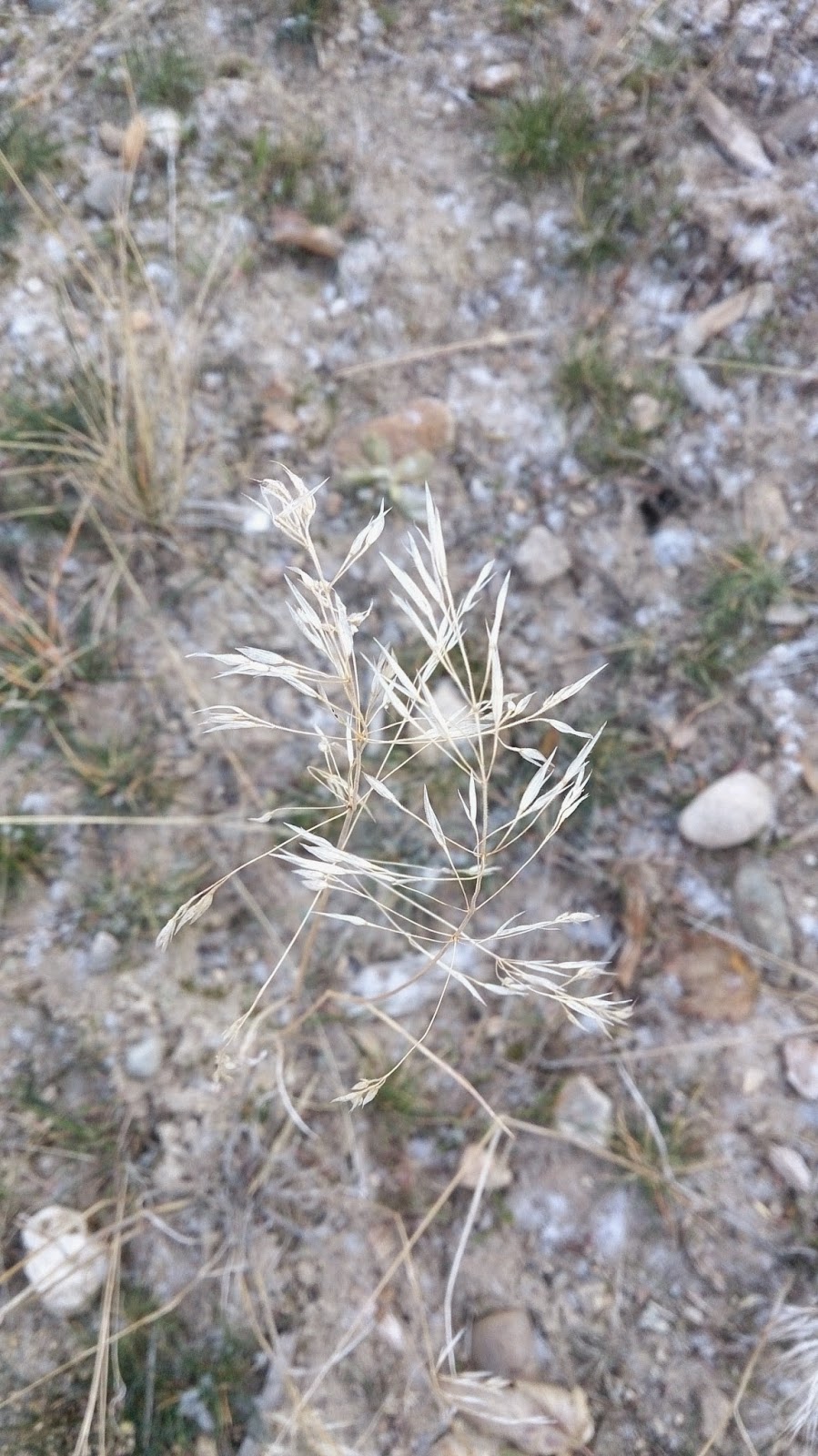This forest contains
the main species that together equate to a functioning environment. The main
species of this forest, and the backbone is the Ponderosa Pine tree and some
Douglas Firs. All the other species are smaller and surround the trees,
creating an ecosystem. The smaller species work in harmony with the trees and
share incoming sunlight to this open and scattered forest. Many Lichens and
mosses depend upon the trees and rocks for habitat. The larger animals depend
upon the shrubs for berries and food. Many smaller organisms depend upon the
grasses for habitat. This is an interconnected ecosystem which depends on each
other.
1.
Ponderosa Pine (Pinus Ponderosa)
Classification:
Kingdom
|
Plantae
|
Phylum
| |
Class
|
Pinopsida
|
Order
|
Pinales
|
Family
|
Pinaceae
|
Genus
|
Pinus
|
Species
|
Ponderosa
Pine
|
("Classification for Kingdom Plantae Down to
Genus Pinus L." Natural Resources Conservation Service. United
States Department of Agriculture, n.d. Web. 17 Nov. 2014.)
2.
Saskatoon (Amelanchier alnifolia)
Classifications:
Kingdom
|
Plantae
|
Phylum
|
Magnoliophyta |
Class
|
Magnoliopsida |
Order
|
Rosales
|
Family
|
Rosaceae
|
Genus
|
Amelanchier
|
Species
|
Amelanchier Alnifolia
|
("Plants Profile
for Amelanchier Alnifolia (Saskatoon Serviceberry)." Plants Profile for
Amelanchier Alnifolia (Saskatoon Serviceberry). United States Department of
Agriculture, n.d. Web. 17 Nov. 2014.)
3.
Colorado Rockfrog (Xanthoparmelia coloradoensis)
Classifications:
Kingdom
|
Fungi
|
Phylum
|
Ascomycota
|
Class
|
Ascomycetes
|
Order
|
Lecanorales
|
Family
|
Parmeliaceae
|
Genus
|
Xanthoparmelia
Hale
|
Species
|
Xanthoparmelia
coloradoensis
|
("Classification |
USDA PLANTS." Classification | USDA PLANTS. United States
Department of Agriculture, n.d. Web. 17 Nov. 2014.)
The Colorado Rockfrog is a common Lichen that is spread out on a lot of rocks in this pine forest. This lichen is a "loosely oppressed leaf lichen...with a pale yellowish green and shiny surface" (Coupe, 425). The Lichen spreads itself out on stones in open areas of the forest and holds many holes, rough brown patches and sore like spots. This lichen belongs to a very widespread "genus consisting of more than 400 species worldwide" (Coupe, 425). In this very pine forest, it is extremely widespread and covers most of the stones in the area. The plant is quite fragile and easy to crumble under touch. This species is an example of an organism that can find habitat almost anywhere. All it needs is a rock, no matter the size and it has a habitat. This species is very common in this environment and often goes unnoticed.
4.
Wolf Lichen (Letharia
Vulpina)

Classifications:
|
Kingdom
|
Fungi
|
|
Phylum
|
Ascomycota
|
|
Class
| Ascomycetes |
|
Order
|
Lecanorales
|
|
Family
|
Parmeliaceae
|
|
Genus
|
Letharia
|
|
Species
|
L.
Vulpina
|
("Plants Profile
for Letharia Vulpina (wolf Lichen)." Plants Profile for Letharia
Vulpina (wolf Lichen). United States Department of Agriculture, n.d. Web.
17 Nov. 2014.)
The wolf lichen is a
hairy, light green coloured shrub lichen that occurs in tufts on a lot of the
wood debris and trees in the pine forest. This species is common "in open
to somewhat exposed sites at all forested elevations" (Coupe, 435). This
plant was used for a lot of different means throughout native culture. Natives
used it "as a yellowish-green dye to colour fur, moccasins, feathers, wood
and other articles" (Coupe, 435). One interesting fact about this lichen,
and the reason it is named 'Letharia' is because "it refers to the
presence of a poisonous substance, vulpinic acid" (Coupe, 435). Another
interesting and surprising fact about this species is that it is under the Kingdom
classification 'Fungi'. This species is another prominent example of an
organism that can thrive on many other species. It depends highly on other
species and all it needs is a simple piece of tree to obtain a habitat.
1.
Pine Grass (Calamagrostis
rubescecns)
Classifications:
Kingdom
|
Plantae
|
Phylum
|
Magnoliophyta |
Class
|
Liliopsida |
Order
|
Cyperales |
Family
|
Poaceae
|
Genus
|
Calamagrostis
|
Species
|
C.
rubescens
|
("Plants Profile
for Calamagrostis Rubescens (pinegrass)." Plants Profile for
Calamagrostis Rubescens (pinegrass). United States Department of
Agriculture, n.d. Web. 17 Nov. 2014.)
1.
Redtop (Agrostis
gigantea)
Classifications:
Kingdom
|
Plantae
|
Phylum
|
Magnoliophyta |
Class
|
Liliopsida |
Order
|
Cyperales |
Family
|
Poaceae
|
Genus
|
Agrostis
|
Species
|
A.
gigantea
|
("Plants Profile
for Agrostis Gigantea (redtop)." Plants Profile for Agrostis Gigantea
(redtop). United States Department of Agriculture, n.d. Web. 17 Nov. 2014.)
The Redtop is another
common grass species in this Ponderosa Pine Forest. It was more commonly found
in the more disturbed sites of the forest, which tells a lot about human
interaction with the environment. The plant has a very distinct tiered level of
smooth leaves going up the stem. One interesting fact about this species is
that it isn't native and was "introduced from Europe" (320). These
grasses are smaller and more delicate, with single clump formations on the
ends. The grasses also don't form with such dense bottoms. This is another very
widespread species, adding to the grassland like ecosystem of this forest.





No comments:
Post a Comment